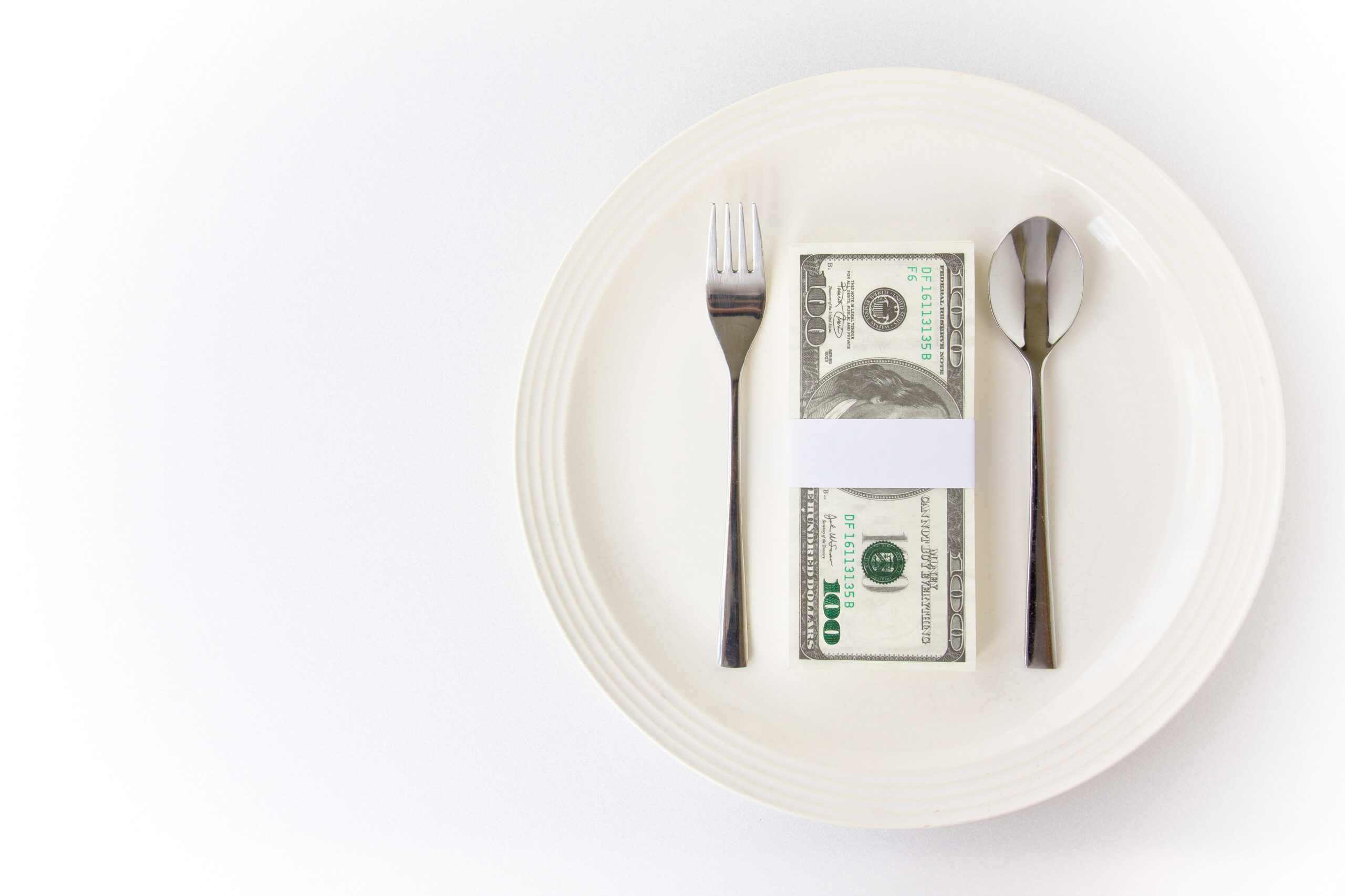A “clean label” can grab the attention of many consumers as the trend of “clean eating” is associated with a healthy diet. However, according to Mintel, the market research firm, the term “clean” is unclear. This is similar to the uncertainty of the definitions for “natural” and “healthy.”
The US Food and Drug Administration (FDA) has set out to define terms such as “natural” and “healthy” in order to reduce the confusion amongst consumers. They must also find a way to prove “clean label” claims on packages. In 1994, the FDA had defined the term “healthy,” however, the definition was found to be outdated in 2017 leading the FDA to reconsider the definition.
The FDA has yet to decide on their definition for “natural,” so adding terms such as “clean eating” and “clean label” makes things slightly more confusing. In order to comply with FDA regulations, food companies can’t put any unapproved or unsubstantiated claims on their packaging.
The FDA has already recognized the importance of a healthy diet to consumers. This March, the FDA launched the Nutrition Innovation Strategy. As part of the initiative, Scott Gottlieb, FDA Commissioner, acknowledged that consumers are actively looking for healthier products. He claimed that evidence to support claims on food products were not always available – hence the need for science-based definitions for “natural” and “healthy.”
“What we need is the policy framework that allows consumers to identify healthier options and the market forces to inspire the development of these opportunities at a cost that’s affordable,” said Gottlieb.
Food companies won’t be able to prove or define these terms on their own. A good step would be to have manufacturers further explain what their products contain, especially on labels that are claiming to be “healthy” or “clean.” For example, if a product states that there are no artificial ingredients and that the ingredients are sourced from natural or organic suppliers, this would be enough to help the consumer at least have an idea of what they’re purchasing.
Making these terms more clear would be highly beneficial to manufacturers because it was found that shoppers not only like “clean labels” but also are willing to pay more for them. An analysis done by Nielsen found that 93 percent of US households have bought products with “clean labels.” In addition, 75 percent of US consumers claim to pay attention to the labels of food products and 91 percent contend with the labels that have recognizably healthier ingredients. Consumers from the study also claim that food labels are a deciding factor on whether or not they purchase a product.












Join or login to leave a comment
JOIN LOGIN